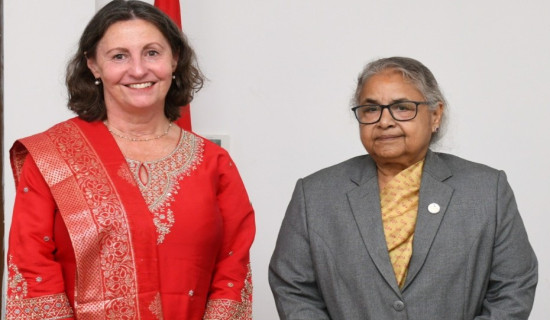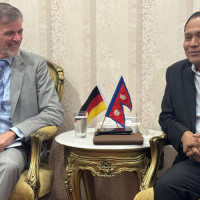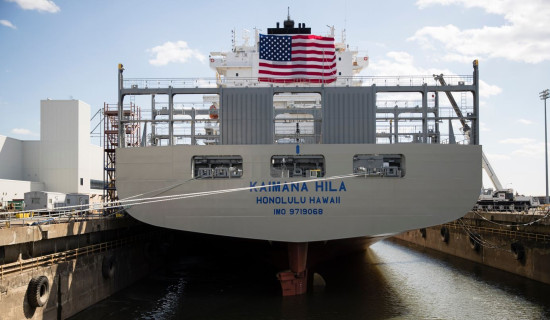- Thursday, 16 October 2025
Sankhuwasabha making strides to become a 'hydropower hub'
By Dhyan Kulung,Sankhuwasabha, Jan.9: Recently, Nepali billionaire Binod Chaudhary, who is also a federal lawmaker from Nepali Congress, inaugurated a 4.72-MW Menchhiyam Hydropower Project in Sankhuwasabha district.
With this, a total of 22-MW electricity is being produced from hydropower in the district.While low-capacity hydropower projects are in operation in the district recently, the district is set to become a hub for hydropower in the near future.
Sankhuwasabha district has a capacity of producing over 5,000-MW hydroelectricity. Now, construction of hydropower projects with a total capacity of 1,167-MW is underway in the district.
According to the Department of Electricity Development (DED), 15 promoter companies are constructing different hydropower projects by receiving permission from the authorities.
Similarly, five companies have given applications seeking permission for the construction of 1,258.1-MW capacity projects. Survey license has been sought to study possibilities of hydropower generation under 18 different projects as well.
If all those projects were to come into operation, electricity worth 2,087.65-MW could be generated in Sankhuwasabha district alone.
Other than this, Nepal government has already decided to develop the 669-MW Lower Arun Hydroelectric Project under India’s state-owned SJVN Limited.
As per the present data of the DED, a total of 5125.75-MW-capacity hydroelectricity projects are under construction and study in the district.
Electricity in national grid in 4 years
Majority of hydropower projects are constructed in the upper region of Sankhuwasabha, a Himalayan district. In order to connect the electricity produced in Bhotekhola and Makalu rural municipalities to the national grid, a sub-station is being constructed in Ward No. 4 of Makalu.
Similarly, another sub-station is being constructed at Champabote, an area in Ward No. 10 of Khandbari Municipality, to connect the electricity produced in the northern region of Silichong and Bhojpur.
A 35-km transmission line is being constructed from Haitar to Champabote. The transmission line is being constructed by the National Transmission Grid Company Limited. According to them, it will take four years for completion.
Similarly, construction of the transmission line from Champabote to the sub-station in Tumlingtar is also underway. Its contract was awarded to India’s Kalpataru Power Transmission Limited by the Nepal Electricity Authority (NEA) two months ago. The deadline of the project is 30 months.
According to NEA’s project manager Raghbendra Jha, the national transmission line reaching Tumlingtar from Basantapur, Piluwa, and Baneshwor area is under operation.
“When the transmission line from Haitar and Champabote connects with Tumlingtar, the Koshi Corridor Transmission Line will be complete,” said Jha.
Other than Arun-3, Arun-4 and Lower Arun projects, which are being constructed by Indian firms, all hydropower projects in Sankhuwasabha will be connected to the national grid.
Locals demand 40% investment in Upper Arun Residents of Sankhuwasabha district have demanded 40 per cent share of the total equity in the 1,061-MW Upper Arun Hydroelectric Project planned to be constructed by the NEA.
The project, which is listed under the People’s Hydropower Programme by the government, is expected to cost Rs. 190 billion. The World Bank will be providing 70 per cent of the amount as loan, and the remaining 30 per cent will be covered by equity. Of the remaining 30 per cent, which amounts to around Rs. 57 billion, Sankhuwasabha locals have demanded to be allowed to invest 40 per cent.
The Upper Arun Investment Promotion and Construction Facilitation Committee has also been formed for the purpose under the leadership of Suman Shakya, chief of Sankhuwasabha District Coordination Committee.
The committee has submitted memorandum to the Energy Ministry and the NEA to fulfill their demands.
“If all families of Sankhuwasabha, alongside the locals living abroad, were allowed to invest in the project, we can collect the 40 per cent amount with ease,” said Bal Bahadur Parajuli, water resource expert and the member-secretary of the facilitation committee.



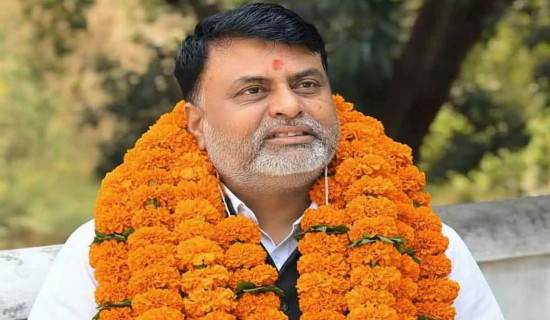
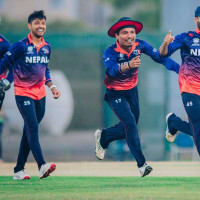
-square-thumb.jpg)
